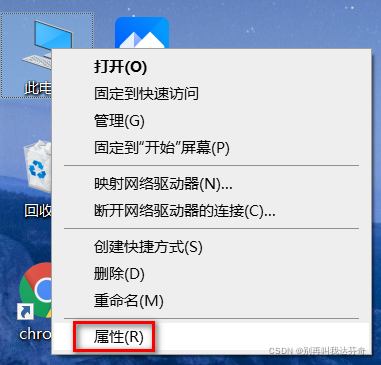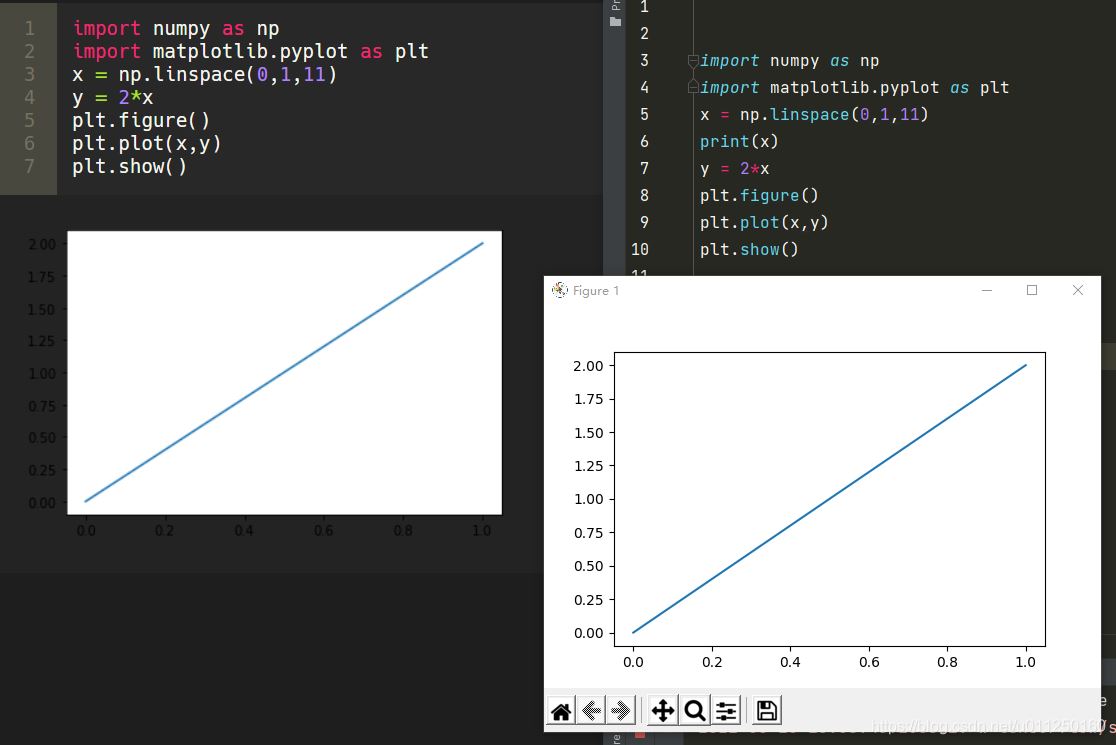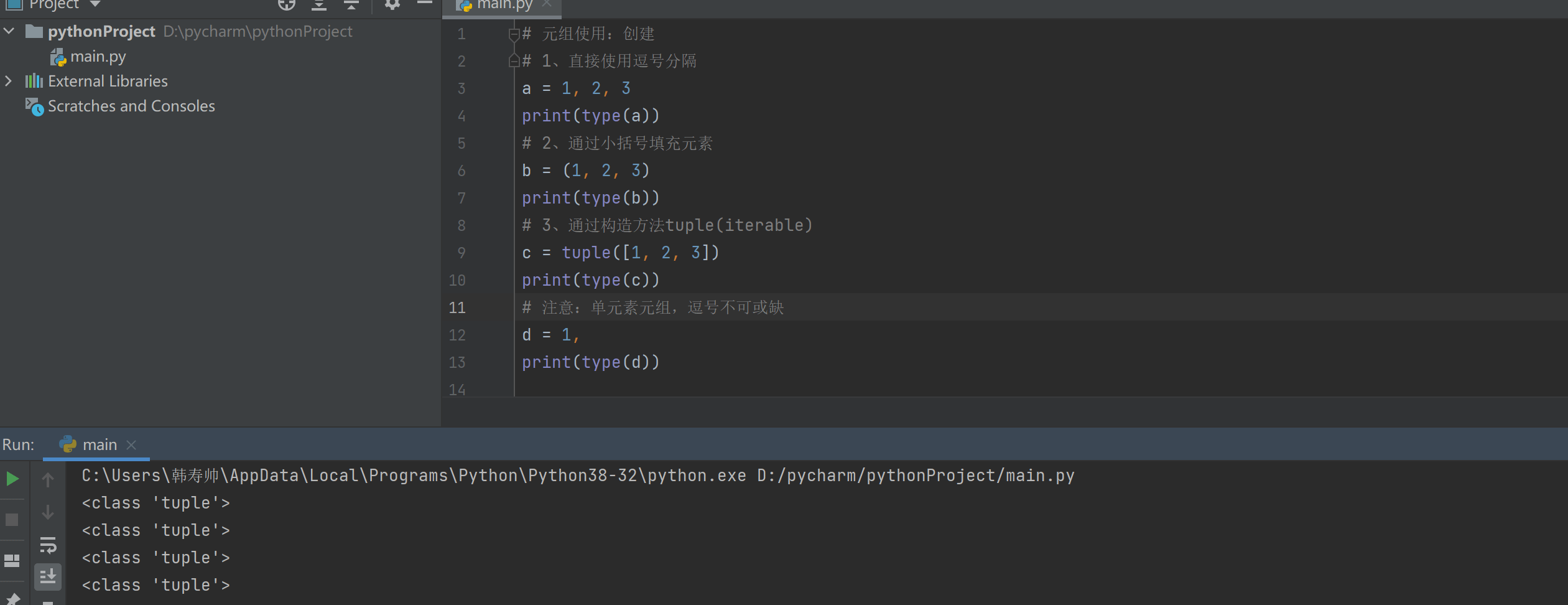对于列车上的人来说,我们这些仰躺着望天的孩子只是呼啸而过的风景他们却不知到这些孩子曾偷偷的哭过多少回。
本文实例为大家分享了python邮件发送smtplib使用具体代码,供大家参考,具体内容如下
文件形式的邮件
#!/usr/bin/env python3
#coding: utf-8
import smtplib
from email.mime.text import MIMEText
from email.header import Header
sender = '***'
receiver = '***'
subject = 'python email test'
smtpserver = 'smtp.163.com'
username = '***'
password = '***'
msg = MIMEText('你好','text','utf-8')#中文需参数‘utf-8',单字节字符不需要
msg['Subject'] = Header(subject, 'utf-8')
smtp = smtplib.SMTP()
smtp.connect('smtp.163.com')
smtp.login(username, password)
smtp.sendmail(sender, receiver, msg.as_string())
smtp.quit()
HTML形式的邮件
#!/usr/bin/env python3
#coding: utf-8
import smtplib
from email.mime.text import MIMEText
sender = '***'
receiver = '***'
subject = 'python email test'
smtpserver = 'smtp.163.com'
username = '***'
password = '***'
msg = MIMEText('<html><h1>你好</h1></html>','html','utf-8')
msg['Subject'] = subject
smtp = smtplib.SMTP()
smtp.connect('smtp.163.com')
smtp.login(username, password)
smtp.sendmail(sender, receiver, msg.as_string())
smtp.quit()
带图片的HTML邮件
#!/usr/bin/env python3
#coding: utf-8
import smtplib
from email.mime.multipart import MIMEMultipart
from email.mime.text import MIMEText
from email.mime.image import MIMEImage
sender = '***'
receiver = '***'
subject = 'python email test'
smtpserver = 'smtp.163.com'
username = '***'
password = '***'
msgRoot = MIMEMultipart('related')
msgRoot['Subject'] = 'test message'
msgText = MIMEText('<b>Some <i>HTML</i> text</b> and an image.<br><img src="cid:image1"><br>good!','html','utf-8')
msgRoot.attach(msgText)
fp = open('h:\\python\\1.jpg', 'rb')
msgImage = MIMEImage(fp.read())
fp.close()
msgImage.add_header('Content-ID', '<image1>')
msgRoot.attach(msgImage)
smtp = smtplib.SMTP()
smtp.connect('smtp.163.com')
smtp.login(username, password)
smtp.sendmail(sender, receiver, msgRoot.as_string())
smtp.quit()
带附件的邮件
#!/usr/bin/env python3
#coding: utf-8
import smtplib
from email.mime.multipart import MIMEMultipart
from email.mime.text import MIMEText
from email.mime.image import MIMEImage
sender = '***'
receiver = '***'
subject = 'python email test'
smtpserver = 'smtp.163.com'
username = '***'
password = '***'
msgRoot = MIMEMultipart('related')
msgRoot['Subject'] = 'test message'
#构造附件
att = MIMEText(open('h:\\python\\1.jpg', 'rb').read(), 'base64', 'utf-8')
att["Content-Type"] = 'application/octet-stream'
att["Content-Disposition"] = 'attachment; filename="1.jpg"'
msgRoot.attach(att)
smtp = smtplib.SMTP()
smtp.connect('smtp.163.com')
smtp.login(username, password)
smtp.sendmail(sender, receiver, msgRoot.as_string())
smtp.quit()
群发邮件
#!/usr/bin/env python3
#coding: utf-8
import smtplib
from email.mime.text import MIMEText
sender = '***'
receiver = ['***','****',……]
subject = 'python email test'
smtpserver = 'smtp.163.com'
username = '***'
password = '***'
msg = MIMEText('你好','text','utf-8')
msg['Subject'] = subject
smtp = smtplib.SMTP()
smtp.connect('smtp.163.com')
smtp.login(username, password)
smtp.sendmail(sender, receiver, msg.as_string())
smtp.quit()
各种元素都包含的邮件
#!/usr/bin/env python3
#coding: utf-8
import smtplib
from email.mime.multipart import MIMEMultipart
from email.mime.text import MIMEText
from email.mime.image import MIMEImage
sender = '***'
receiver = '***'
subject = 'python email test'
smtpserver = 'smtp.163.com'
username = '***'
password = '***'
# Create message container - the correct MIME type is multipart/alternative.
msg = MIMEMultipart('alternative')
msg['Subject'] = "Link"
# Create the body of the message (a plain-text and an HTML version).
text = "Hi!\nHow are you?\nHere is the link you wanted:\nhttp://www.python.org"
html = """\
<html>
<head></head>
<body>
<p>Hi!<br>
How are you?<br>
Here is the <a rel="nofollow noopener noreferrer" href="http://www.python.org" rel="external nofollow" >link</a> you wanted.
</p>
</body>
</html>
"""
# Record the MIME types of both parts - text/plain and text/html.
part1 = MIMEText(text, 'plain')
part2 = MIMEText(html, 'html')
# Attach parts into message container.
# According to RFC 2046, the last part of a multipart message, in this case
# the HTML message, is best and preferred.
msg.attach(part1)
msg.attach(part2)
#构造附件
att = MIMEText(open('h:\\python\\1.jpg', 'rb').read(), 'base64', 'utf-8')
att["Content-Type"] = 'application/octet-stream'
att["Content-Disposition"] = 'attachment; filename="1.jpg"'
msg.attach(att)
smtp = smtplib.SMTP()
smtp.connect('smtp.163.com')
smtp.login(username, password)
smtp.sendmail(sender, receiver, msg.as_string())
smtp.quit()
基于SSL的邮件
#!/usr/bin/env python3
#coding: utf-8
import smtplib
from email.mime.text import MIMEText
from email.header import Header
sender = '***'
receiver = '***'
subject = 'python email test'
smtpserver = 'smtp.163.com'
username = '***'
password = '***'
msg = MIMEText('你好','text','utf-8')#中文需参数‘utf-8',单字节字符不需要
msg['Subject'] = Header(subject, 'utf-8')
smtp = smtplib.SMTP()
smtp.connect('smtp.163.com')
smtp.ehlo()
smtp.starttls()
smtp.ehlo()
smtp.set_debuglevel(1)
smtp.login(username, password)
smtp.sendmail(sender, receiver, msg.as_string())
smtp.quit()
以上就是本文的全部内容,希望对大家的学习有所帮助,也希望大家多多支持。




